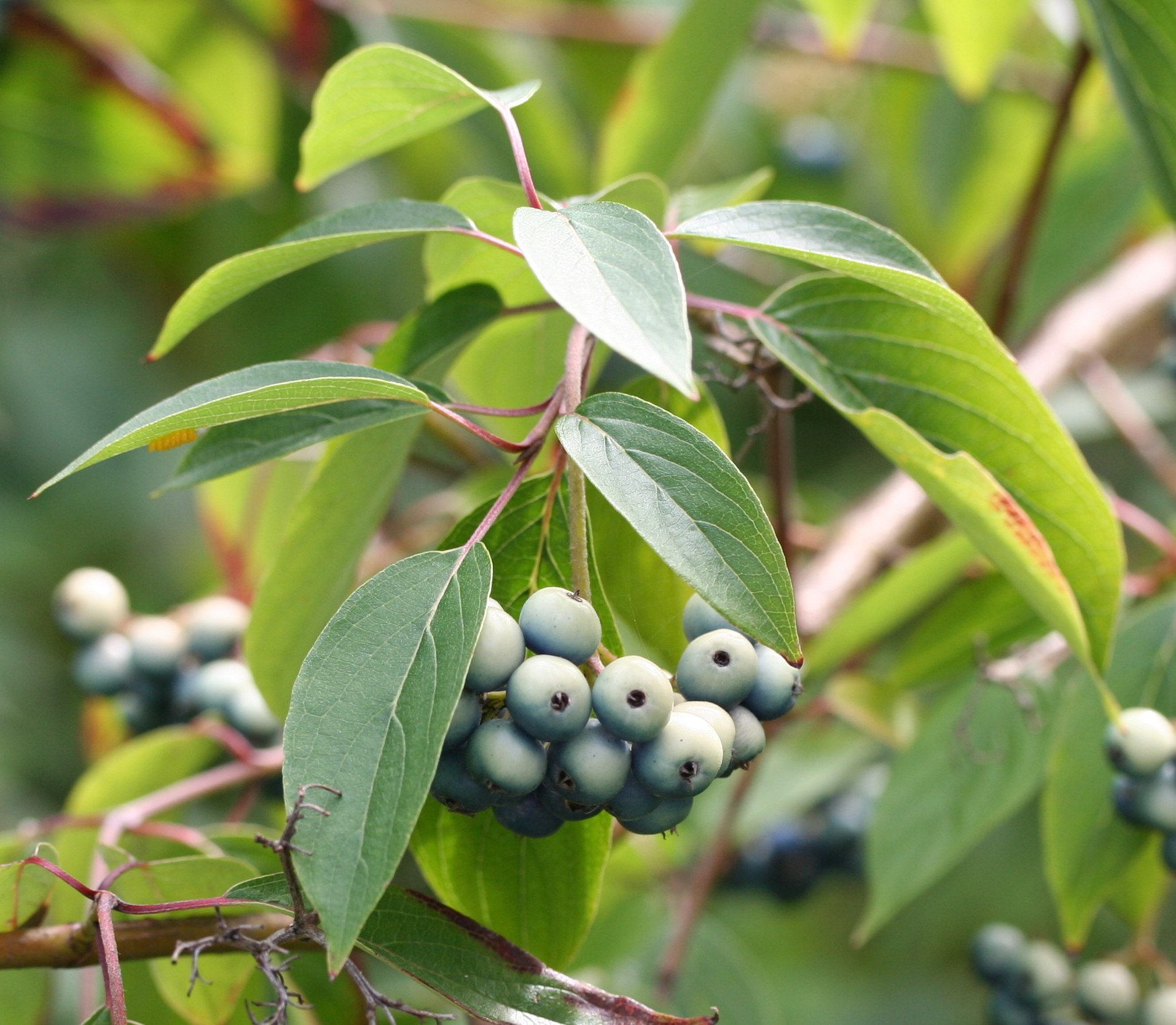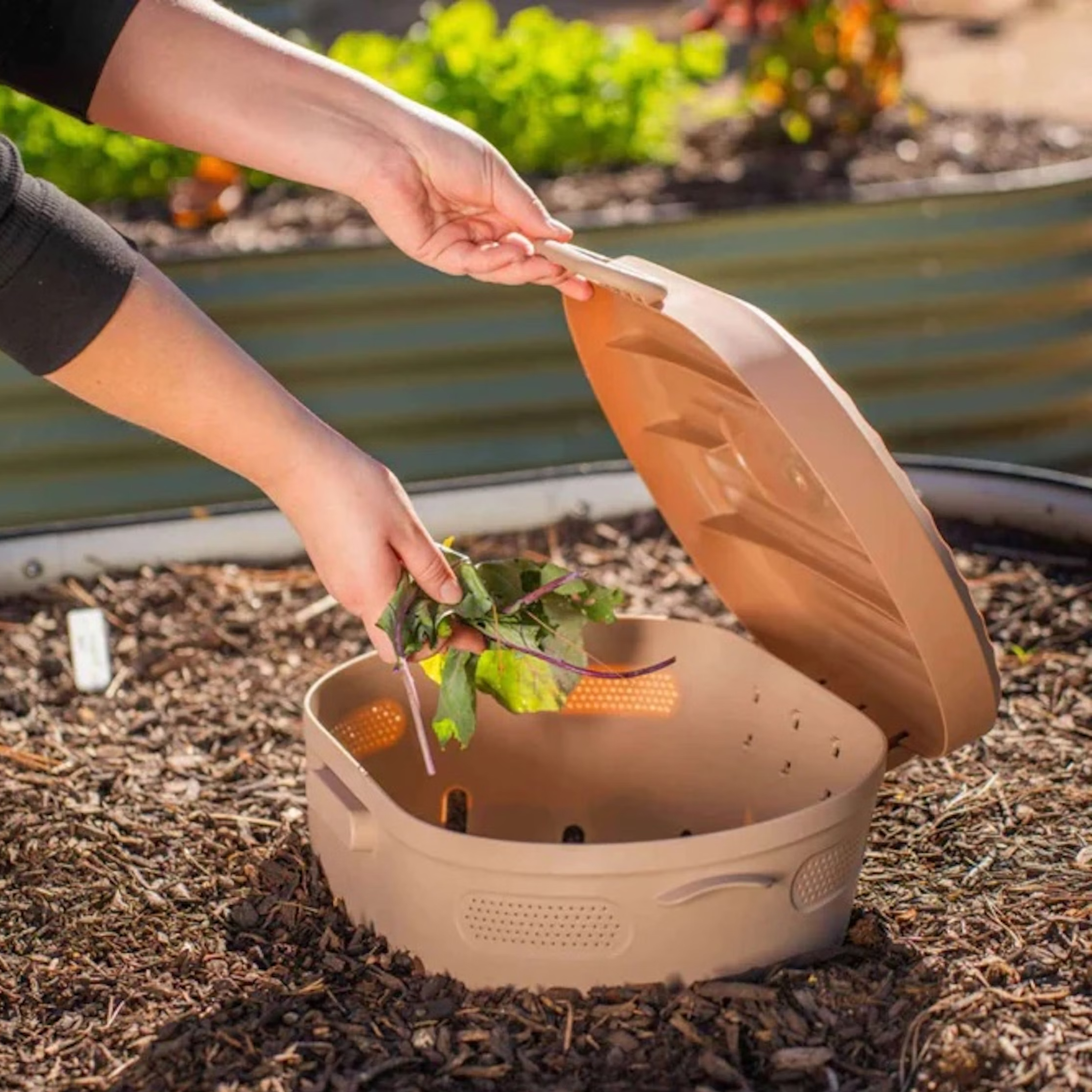Silky Dogwood Information: Growing Silky Dogwood Shrubs


Also known as swamp dogwood, silky dogwood is a mid-size shrub that grows wild along streams, ponds, and other wetlands across much of the eastern half of the United States. In the home landscape, silky dogwood bushes work well in moist, naturalized areas and do a good job at stabilizing the soil in erosion-prone sites. Mature height generally ranges from 6 to 12 feet (2-4 m.). Read on for additional silky dogwood information.
Silky Dog Information
Silky dogwood (Cornus amomum) is named for the silky gray hairs that cover the undersides of leaves and twigs, which turn purplish in spring and reddish brown in autumn. It is from these silky hairs that make silky dogwood identification fairly easy. Clusters of tiny creamy white flowers bloom in late spring and early summer. The plant is often found in shade or semi-shade but tolerates moderate sunlight. Silky dogwood bushes may not be the best choice if your goal is a tidy, manicured garden, but the shrub’s rather unkempt, rounded appearance fits well into a natural setting. Birds love the pale blue fruit that shows up in late summer.
Growing Silky Dogwood Shrubs
A relative of dogwood trees, silky dogwood bushes are suitable for growing in USDA plant hardiness zones 5 through 8. The shrubs are adaptable plants that tolerate either dry or wet sites, but prefer moist, well-drained soil. Although silky dogwood withstands alkaline soil, the plant is better suited to slightly acidic conditions.
Caring for Silky Dogwoods
Water young shrubs regularly until the roots are well established. Once the shrubs are settled in, caring for silky dogwoods requires little effort. For example, you can water the shrub – or not. A 2 to 3 inch (5-8 cm.) layer of mulch will keep the soil moist and cool. No fertilizer is required. Remove suckers if you want to limit growth or allow the shrubs to grow unrestrained if you want to form a naturalized screen or thicket. Prune silky dogwood as needed into any size or shape you like, and be sure to remove dead or damaged growth.
Gardening tips, videos, info and more delivered right to your inbox!
Sign up for the Gardening Know How newsletter today and receive a free copy of our e-book "How to Grow Delicious Tomatoes".

Bonnie Grant is a professional landscaper with a Certification in Urban Gardening. She has been gardening and writing for 15 years. A former professional chef, she has a passion for edible landscaping.
-
 Try The Trend – Turn Any Bed Into A Keyhole Garden With This Clever In-Ground Composter
Try The Trend – Turn Any Bed Into A Keyhole Garden With This Clever In-Ground ComposterKeyhole gardening is an efficient and sustainable practice that saves space. Get started on this DIY project quickly and easily with an in-ground composter.
By Bonnie L. Grant
-
 4 Superfast Composting Methods: Turn Waste Into Garden Gold In 30 Days Or Less
4 Superfast Composting Methods: Turn Waste Into Garden Gold In 30 Days Or LessTry the fastest composting methods to turbocharge your pile and transform kitchen scraps and garden waste into finished compost in just a few weeks.
By Mary Ellen Ellis